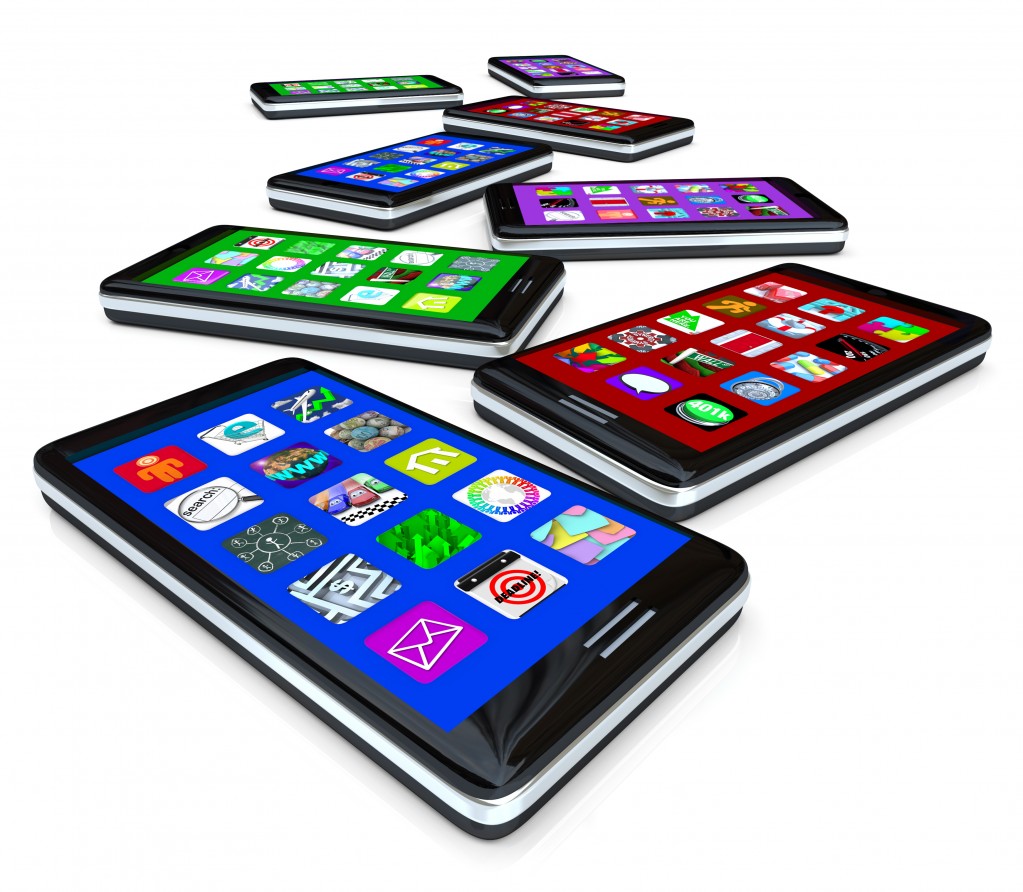Back in September, I wrote about how we were running out of internet addresses under the current IP addressing system (update: as of this moment, about 173 million addresses remain). But that’s not the only high-tech shortage on the horizon.
According to the FCC, the proliferation of broadband data usage is threatening to use up all the available wireless spectrum space. A report released last month outlined the scope of the problem. Today, 42% of consumers own a smartphone, up from 16% three years ago. In that same timeframe, AT&T, the exclusive U.S. carrier of the iPhone, has seen its mobile network traffic increase by 5,000%. In just the latest six months of reporting, subscription to mobile data services have increased by 40% and between the first quarter of 2009 and the second quarter of 2010, the amount of data used per line has increased by 450%. Obviously this has put a strain on network capacity.
Mobile data demand is expected to outstrip capacity at current levels by 2014. According to FCC Chairman Julius Genachowski this shortage could have dire consequences:
“If we don’t act to update our spectrum policies for the 21st century, we’re going to run into a wall — a spectrum crunch — that will stifle American innovation and economic growth and cost us the opportunity to lead the world in mobile communications,” he warned.
In June, President Obama pledged to make an additional 500 megahertz of wireless spectrum available over the next decade as part of the National Broadband Plan. The FCC has recommended that at least 300 megahertz should be made available in the next five years and that such a move would create $100 billion of economic value. The extra space is expected to come from a reallocation of government-controlled bands and from unused spectrum currently owned by television stations (the stations would be reimbursed after the spectrum is sold in auction to wireless companies).
The reallocation process has already begun. This week the U.S. Department of Commerce’s National Telecommunications and Information Administration announced that it had identified 115 megahertz of spectrum that could be repurposed from weather satellites and Department of Defense radar systems, in effect making one of the first down payments on the 10-year plan.
Ultimately, wireless spectrum is a finite resource so one of the keys to making sure that the demand for wireless services is met now and in the future will have to be a more efficient allocation of space, whether it is through improved technology or just reassigning megahertz where they are needed most. The National Broadband Plan is a step in the right direction.
And thankfully, it looks like it’s still safe to get a smartphone.

